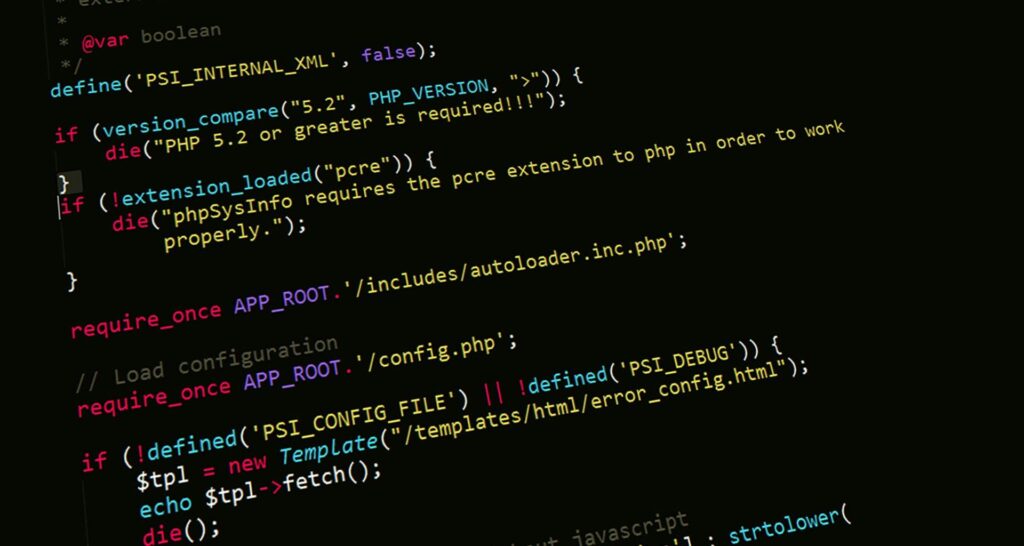
This article by Curinovis Digital Agency explores key cybersecurity pillars crucial for modern organizations. It is optimized for professionals seeking actionable insights and ready-to-share content across LinkedIn and Facebook.
Secure Software Development
Secure software development ensures applications are built with security embedded from the ground up. Following frameworks like NIST SP 800-218 and SAFECode practices, organizations can adopt secure-by-design principles, threat modeling, secure code reviews, and integrate security controls into CI/CD pipelines. This approach mitigates vulnerabilities before software reaches production.
✅ So What Are NIST SP 800-218 and SAFECode Practices?
🔹 NIST SP 800-218 (SSDF)
NIST’s framework breaks secure development into four core functions:
- Prepare the Organization (PO) – Establish governance, roles, and secure culture.
- Protect the Software (PS) – Design and build software with secure architecture, controls, and threat modeling.
- Produce Well-Secured Software (PW) – Use secure coding standards, code analysis, and peer reviews.
- Respond to Vulnerabilities (RV) – Monitor, triage, and patch known vulnerabilities efficiently.
It’s designed to be vendor-neutral, compatible with frameworks like ISO 27001, and tailorable to organizations of all sizes. SAFECode offers actionable practices that complement NIST’s structure, including:
- Threat Modeling & Design Review
- Secure Coding Guidelines and Training
- Static/Dynamic Code Analysis and Penetration Testing
- Third-Party Software Risk Management
- Release Control and Secure Build Processes
SAFECode goes beyond policy—it focuses on the “how-to” across Agile, DevOps, and CI/CD environments.
🟦 Now What Is The Actual Takeaway?
The takeaway is that implementing these practices can significantly reduce organizational risk, strengthen compliance posture, and increase resilience. Stay ahead by sharing this insight and joining the digital security movement with Curinovis Digital Agency (CDA).
⚙️ So How Should Organizations Apply These Frameworks?
- Start with risk-based prioritization: Not every app or service carries the same criticality. NIST SSDF helps categorize and tailor security controls based on data sensitivity, business risk, and regulatory exposure.
- Integrate security into the pipeline (DevSecOps): Use SAFECode’s practical templates to embed scanning, static analysis, and code reviews directly into Git, Jenkins, or GitHub workflows.
- Train developers like defenders: Both frameworks highlight the importance of regular, role-based security training for developers, QA, and product managers.
- Adopt secure defaults and enforce policies: Apply secure configurations, least privilege, and zero trust principles at every software layer.
- Track metrics and adjust: Use NIST’s metrics guidance (SP 800-55) and integrate KPIs/KRIs into your QA and audit programs.
❓ Why Does All This Matter Anyway — The Business Case
- Regulatory Readiness: NIST SSDF is aligned with U.S. EO 14028 on Software Supply Chain Security. Following it future-proofs your compliance posture.
- Incident Prevention: Poor software hygiene is still a leading cause of breaches (think Log4Shell, SolarWinds). These frameworks prevent that.
- Operational Resilience: Secure-by-design apps mean fewer emergencies, faster recovery, and lower operational risk.
- Reputation & Trust: For agencies and businesses in the Caribbean and beyond, demonstrating secure practices boosts partner confidence and global credibility.
🧩 Where Curinovis Ties In
At Curinovis Digital Agency, we embed these principles in:
- Cybersecurity & Software Testing Training
- Security Configuration & Risk Audits
- Cloud Infrastructure Hardening
- Business Continuity & Compliance Assessments
You can explore related insights in our curated Expert Advise Blog, including:
- 🔗 “Secure Software Development and Network Security in a Digital World”
- 🔗 “Cloud Infrastructure & Data Backup Security”
- 🔗 “Metrics that Matter: KPIs, KRIs and the Role of Software Testing in Cybersecurity”
These posts translate the theory behind NIST and SAFECode into real-world actions you can take today.
✅ To Wrap It Up – Here Is Our Final Takeaway
Secure software isn’t achieved at the finish line — it begins with design, matures through development, and lives on through maintenance and continuous monitoring. Following NIST SP 800-218 and SAFECode practices isn’t just about compliance — it’s about building trustworthy digital experiences.
© 2025 Curinovis Digital Agency. All rights reserved.
